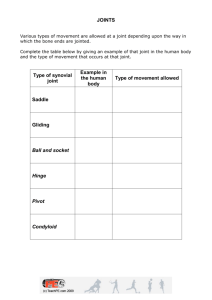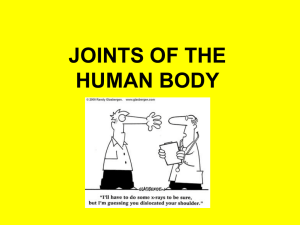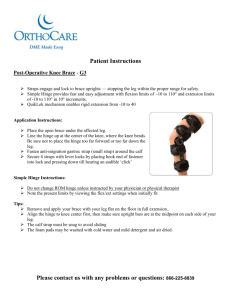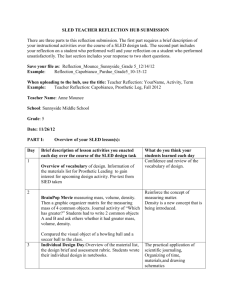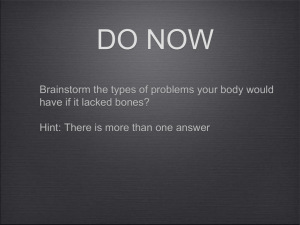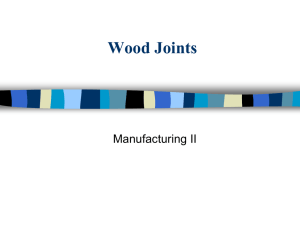technicians limbs
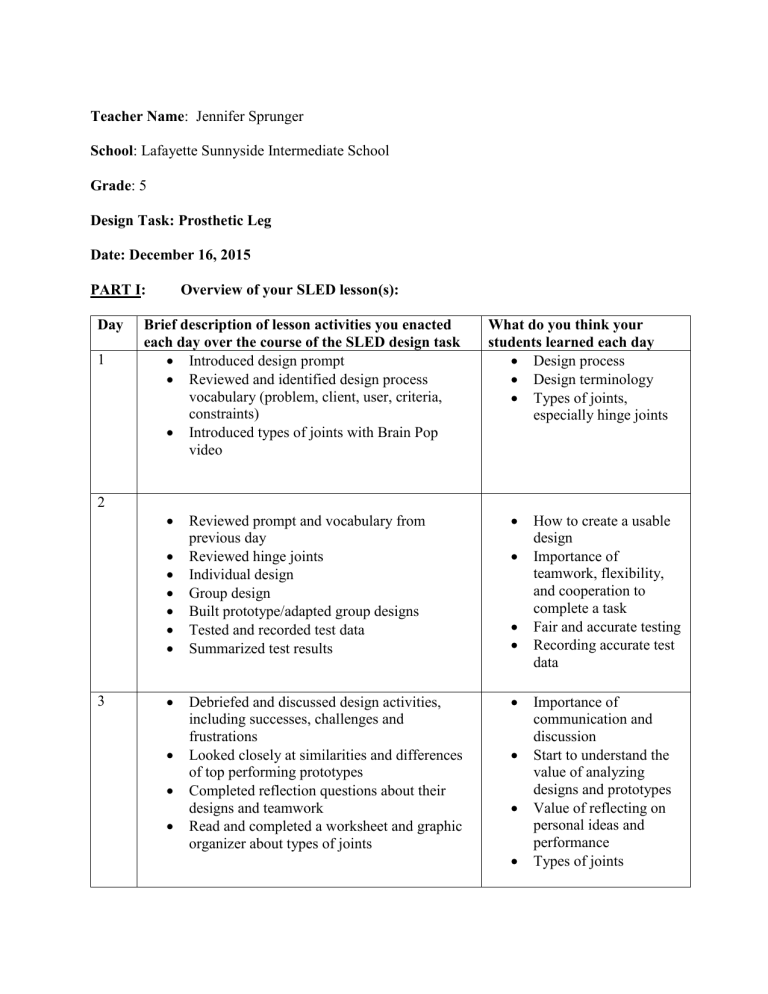
Teacher Name : Jennifer Sprunger
School : Lafayette Sunnyside Intermediate School
Grade : 5
Design Task: Prosthetic Leg
Date: December 16, 2015
PART I: Overview of your SLED lesson(s):
Day Brief description of lesson activities you enacted
1 each day over the course of the SLED design task
Introduced design prompt
Reviewed and identified design process vocabulary (problem, client, user, criteria, constraints)
Introduced types of joints with Brain Pop video
2
Reviewed prompt and vocabulary from previous day
Reviewed hinge joints
Individual design
Group design
Built prototype/adapted group designs
Tested and recorded test data
Summarized test results
3
Debriefed and discussed design activities, including successes, challenges and frustrations
Looked closely at similarities and differences of top performing prototypes
Completed reflection questions about their designs and teamwork
Read and completed a worksheet and graphic organizer about types of joints
What do you think your students learned each day
Design process
Design terminology
Types of joints, especially hinge joints
How to create a usable
Importance of
Fair and accurate testing
design teamwork, flexibility, and cooperation to complete a task
Recording accurate test data
Importance of communication and discussion
Start to understand the value of analyzing designs and prototypes
Value of reflecting on personal ideas and performance
Types of joints
4
5
movement and function of body parts
Watched video clips of the athletes with prosthetic limbs
Discussion
Read from the text about ways in which technology imitates nature, including the
Enrichment: PBS Video on Animal Prosthetic
Limbs
Simultaneous teaching and reading activities in
Language Arts
Relationship of our design activity and the creation of prosthetic limbs by scientists, engineers, doctors and technicians
Empathy for disabled persons
PART II: Reflection#1 on student performance:
This student exhibited mastery by
Creating a detailed labeled drawing of his artificial leg for the carnival game
Showing how the parts were connected and attached and how the leg would be operated
Meeting all criteria of the design task
Reflection#2 on student performance:
This student did not exhibit complete mastery
Using very few details in drawing
Overlapping leg pieces so that they could not hinge like a real knee
PART III: Reflection Questions: Please answer each of the questions below.
1.
Based on your students’ presentation of their work, what features made a good design?
Detailed labeled drawings
Understanding of how a hinge joint works
Understanding the value of creating a weighted kicking surface
Inclusion of fewer materials to control the distance to parts ratio
Completion of all parts of the design task
2.
What features made a poor design?
Very little detail or thoughtful process
Little understanding of how a hinge joint works (many flippers, swing joints, and joints that bent the wrong way)
No weighted kicking surface to create kicks
Inclusion of many materials just because the materials were available
Not completing all parts of the design task
3.
Which phases of the engineering design process do you feel most comfortable and confident in teaching?
I am confident with every phase of the design process. I have completed some of the engineering design tasks 4 or 5 times.
I enjoy creating my own design briefs to complement the SLED design tasks.
.
4.
Which phases of the engineering design process do you feel least comfortable and confident in teaching?
I am comfortable with all phases; however, due to time constraints, I have the least experience with actual redesign. Usually we only have time to write about changes that we would have made.
5.
What is one area in your implementation of the design tasks you want to improve upon in your next implementation?
I would like to actually try a redesign to see if the students’ observations and intended changes actually make a difference when they try a task again.
I would also like to try having other teams replicate the “best” prototype from a photocopied design plan to see if students can read and build from someone else’s blueprint.
6.
Do you feel you teach science differently now than you did years ago? If so, how are you teaching science differently? What do you think caused you to change your practice? If not, why do you think you have not changed?
I have always taught science as a hands-on course for young students so introducing these tasks has not changed my basic philosophy or how my classroom operates.
I do think that having students collaborate on a design project encourages better communication skills and gives practical reasons for students to learn science and math concepts and the use of science tools.
7.
Is there anything that causes you concern, that you are afraid of when you think about changing your science teaching and implementing SLED design tasks? Are there things that keep you from changing your teaching?
I am not afraid of implementing new ideas. I enjoy change and the opportunity to learn new things.
Time constraints and constant emphasis on testing and skill mastery keeps me from devoting as much time to these projects as they truly warrant.
